Want to start strength training? Try this expert strength coach’s four-move bodyweight workout
Strengthen your legs, chest, arms and core at home with this accessible workout
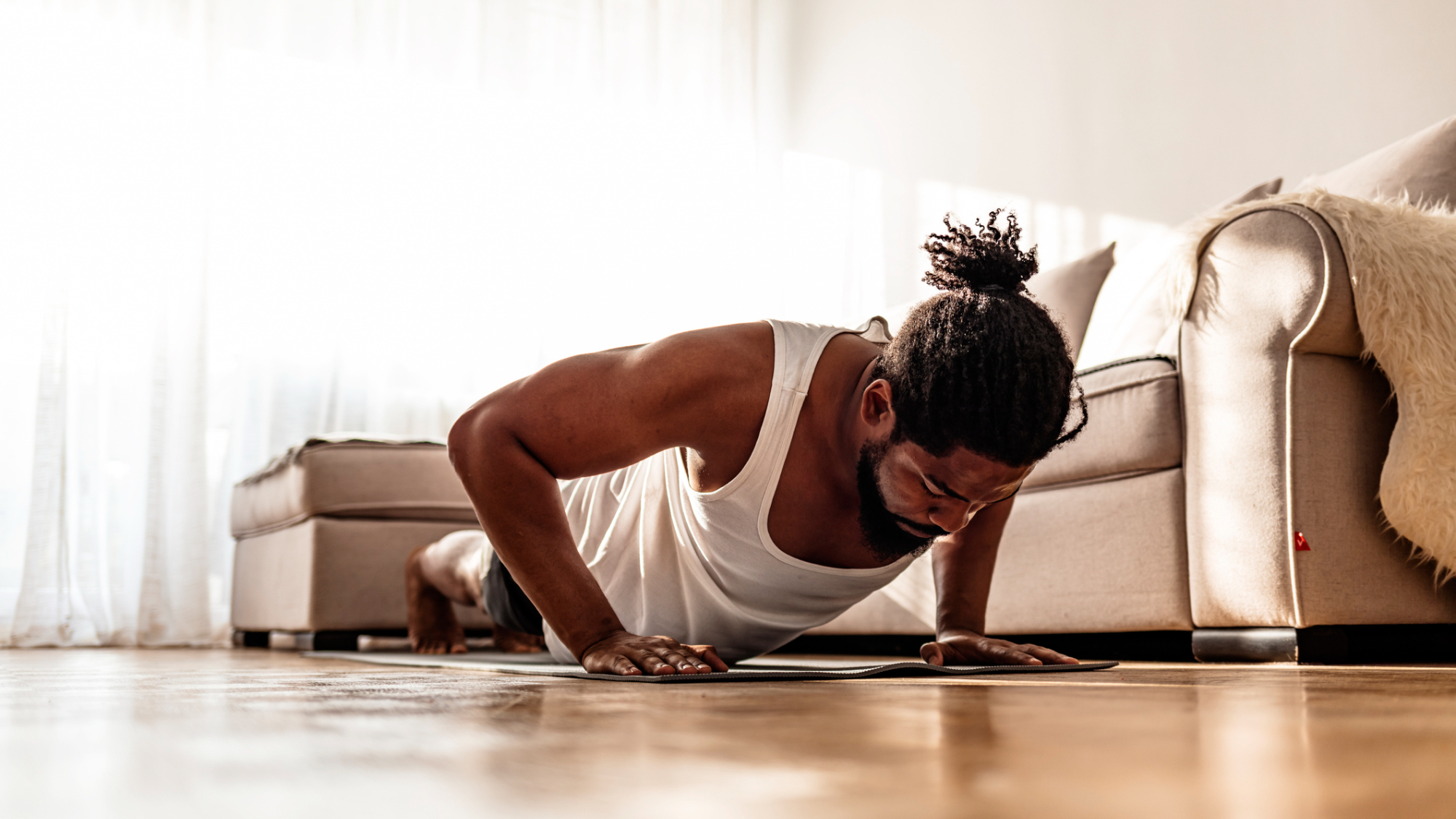

No longer the preserve of muscle-bound bodybuilders, more and more people are giving strength training a go after learning about the many benefits it can bring.
Curious? Then try this four-move bodyweight workout from certified strength and conditioning specialist Aleksander Saks. It will give you a taste for strength training at home, as you don’t need any equipment and it takes just 15 minutes.
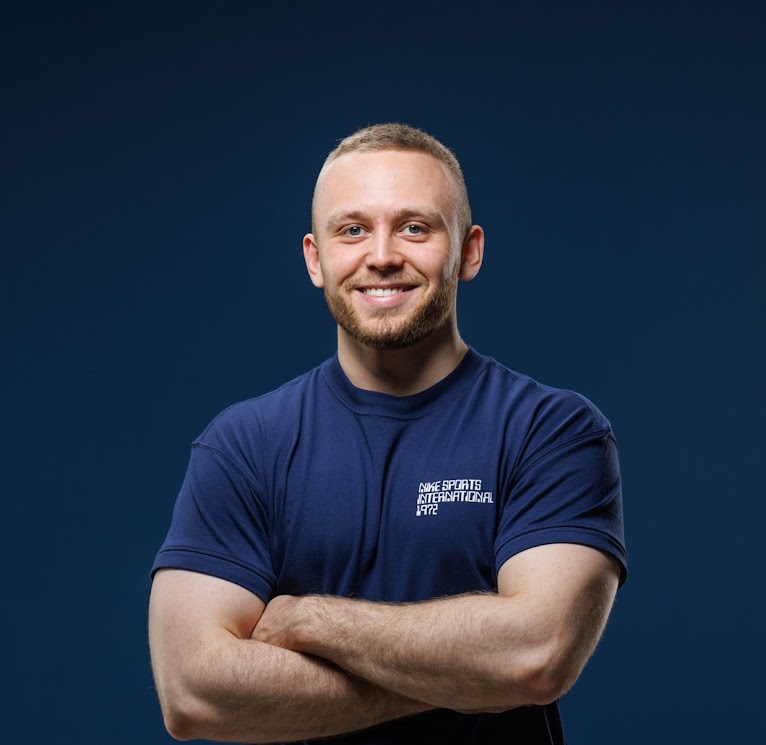
Aleksander Saks is an NSCA-certified strength and conditioning specialist and online coach who holds a bachelors degree in sports and exercise science. He has been lifting weights for more than eight years, specializing in powerlifting. As an online coach, he seeks to help people improve their quality of life and performance through exercise.
How to do Aleksander Saks’ strength training workout for beginners
Perform the exercises above as a circuit for three rounds. The aim here isn’t to get through the exercises as quickly as possible. Instead, to get the most out of the session, take the time to make sure your movements are slow, controlled and purposeful. After each exercise, take a few deep breaths to steady yourself, then move on to the next one.
1. Squat
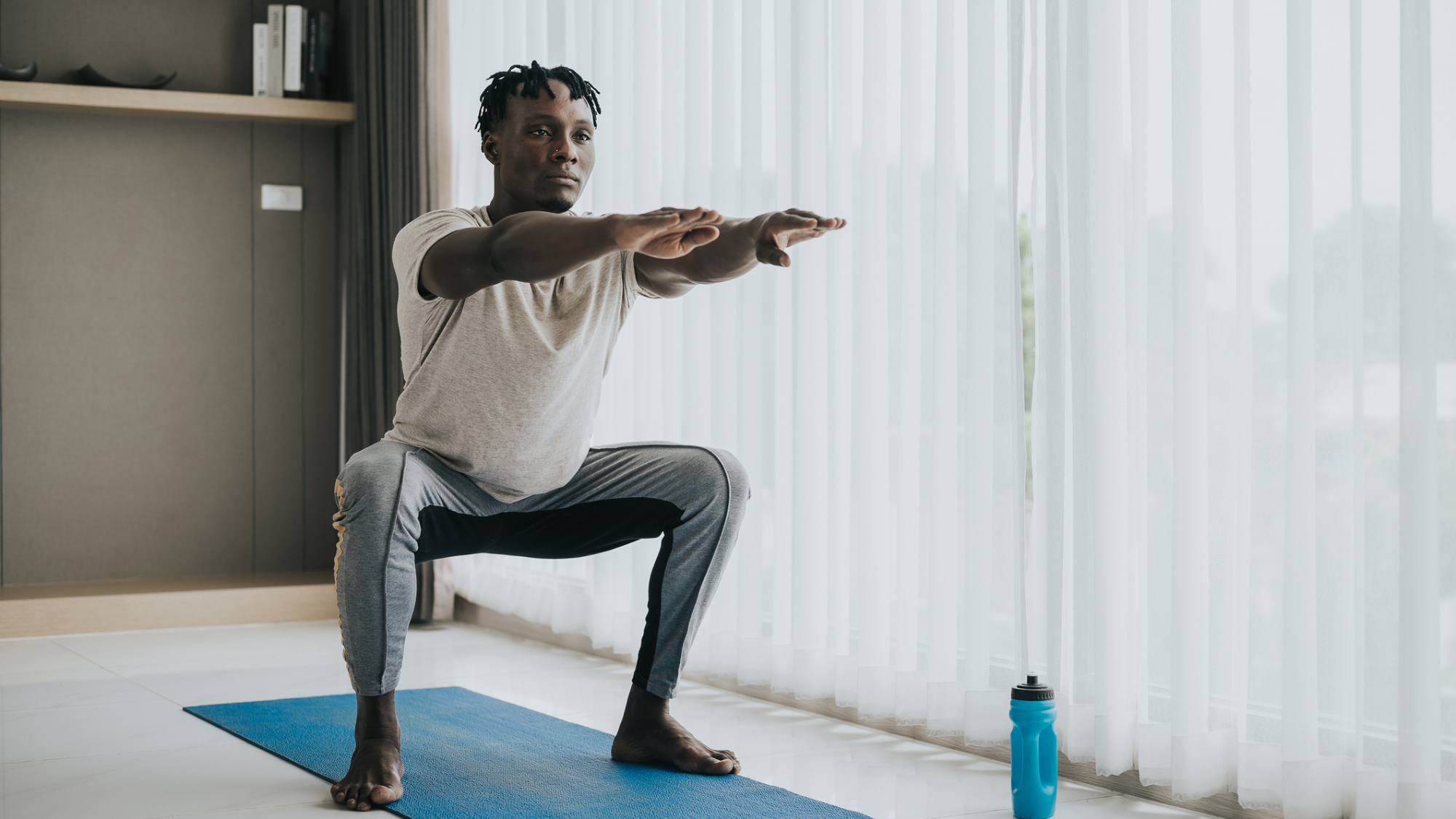
Sets: 3 Reps: 10-15
- Stand upright with your feet shoulder-width apart and your toes facing forward.
- Push your hips back then bend your knees to lower yourself towards the ground, keeping your chest proud and your back flat.
- Lower your hips as far as you can while keeping your chest up, then drive through your feet to return to the starting position.
2. Push-up

Sets: 3 Reps: 8-10
- Start in a high plank position with your weight spread between your hands and your toes, your hands underneath your shoulders and your body forming a straight line from your head to your heels.
- Brace your core then bend your elbows to lower your chest and hips towards the floor as one.
- When your chest is just above the floor, push through your hands to return to the starting position. If this exercise is too tricky, you can modify it by dropping your knees to the floor, taking some of your bodyweight away from your chest, shoulders and arms.
3. Alternating lunge
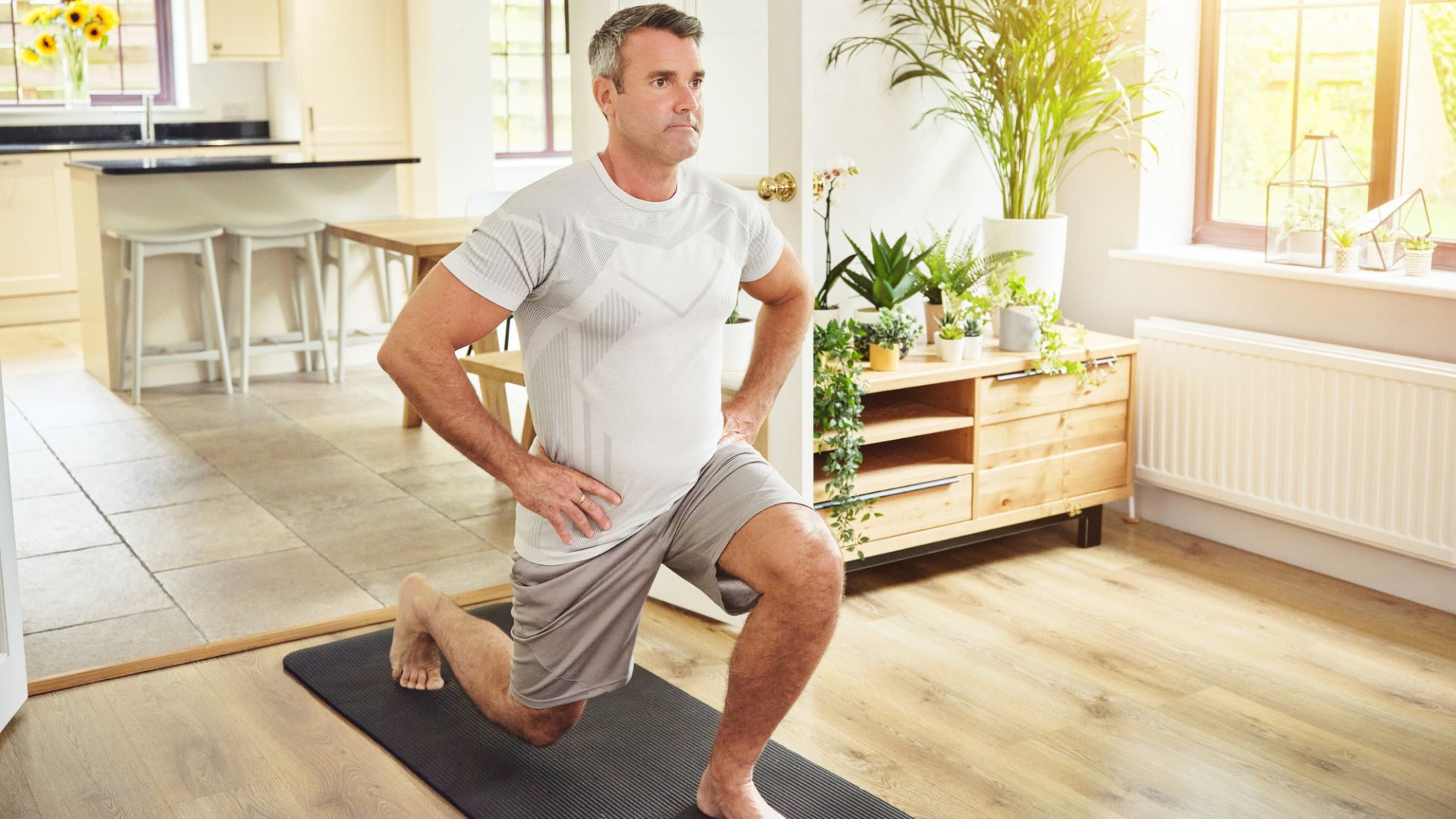
Sets: 3 Reps: 10-15 on each leg
- Stand upright with your feet shoulder-width apart.
- Step forward with one leg, lowering your hips until both knees are bent at a 90° angle. Keep your torso upright as you do this.
- Drive through your front foot to return to the starting position.
4. Plank
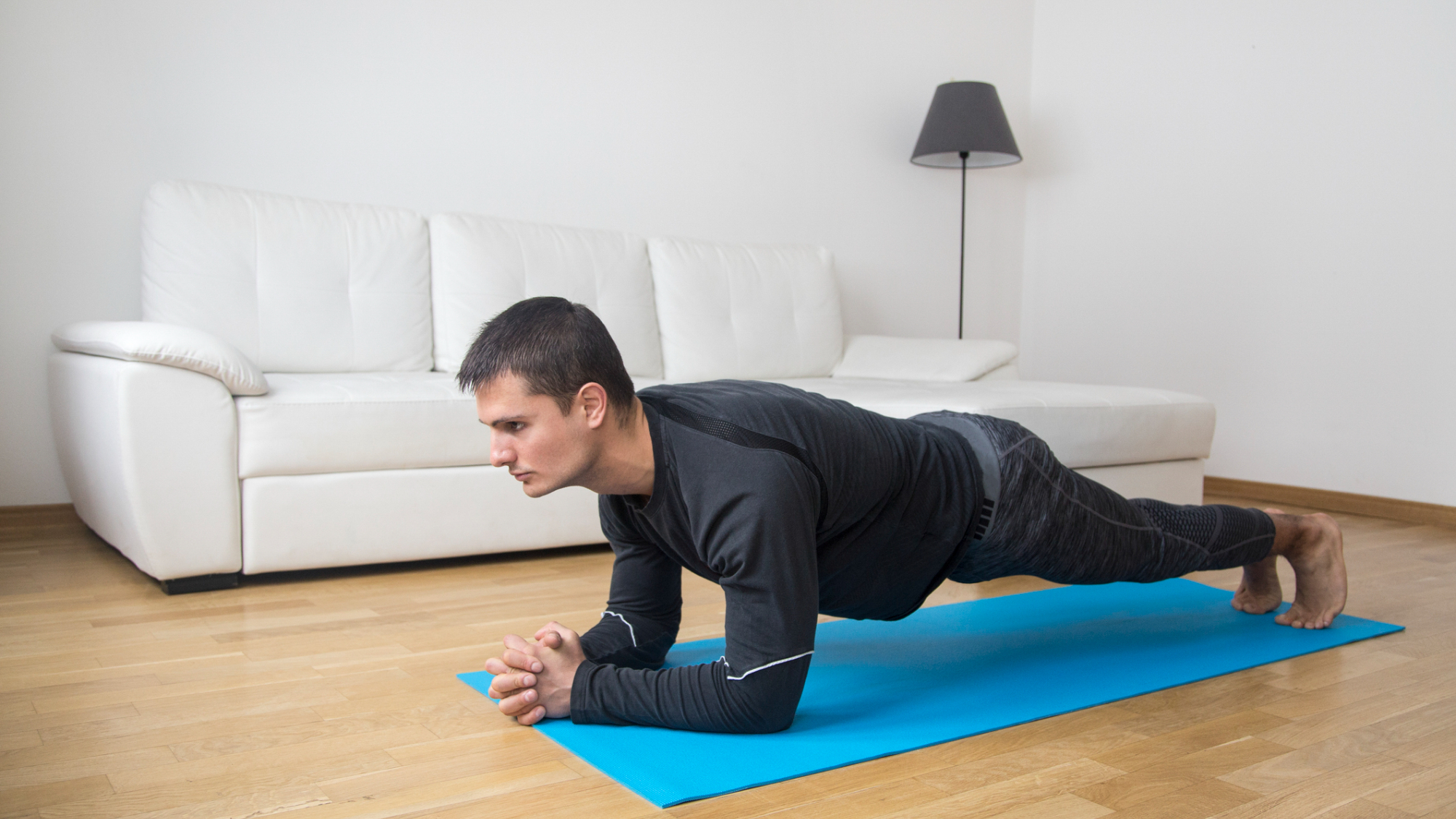
Sets: 3 Reps: 20-60 seconds
Start your week with achievable workout ideas, health tips and wellbeing advice in your inbox.
- Get into a low plank position with your weight spread between your forearms and your toes, your elbows underneath your shoulders and your body forming a straight line from your head to your heels.
- Brace your core and hold this position for 20-60 seconds. If this feels too difficult, you can modify this movement by dropping your knees to the floor, as with the push-ups.
How to progress this workout
The key to effective strength training is including systematic progressions over time (sometimes called progressive overload). In other words, as you get fitter and stronger, your workouts need to become more challenging.
This is called the principle of specificity; a phenomenon in which the body adapts to better handle the specific demands placed on it.
So if you want to continue making progress in your training, whether that’s building muscle or increasing your strength, you need to gradually ask more of your body over time.
Saks suggests two possible ways to do this.
"To progress these bodyweight exercises, aim to increase the number of sets per workout, rather than changing the amount of repetitions," he says. This would mean completing four or five total rounds of the circuit above, rather than three.
"You can also incorporate resistance exercises [using weights like dumbbells or kettlebells] into this workout for an extra challenge," Saks adds.
He recommends swapping the squats for 8-10 goblet squats, then expanding the circuit with 10 repetitions of Russian twists on each side and 8-10 repetitions of a back-strengthening exercise like the dumbbell bent-over row to upgrade the workout.
Ready to take the next step? Try Saks’ full-body beginner gym workout, which uses a mix of free weights and machines.
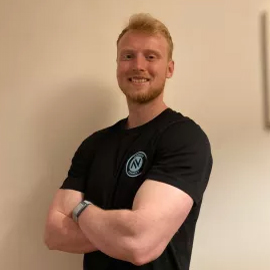
Harry Bullmore is a Fitness Writer for Fit&Well and its sister site Coach, covering accessible home workouts, strength training session, and yoga routines. He joined the team from Hearst, where he reviewed products for Men's Health, Women's Health, and Runner's World. He is passionate about the physical and mental benefits of exercise, and splits his time between weightlifting, CrossFit, and gymnastics, which he does to build strength, boost his wellbeing, and have fun.
Harry is a NCTJ-qualified journalist, and has written for Vice, Learning Disability Today, and The Argus, where he was a crime, politics, and sports reporter for several UK regional and national newspapers.